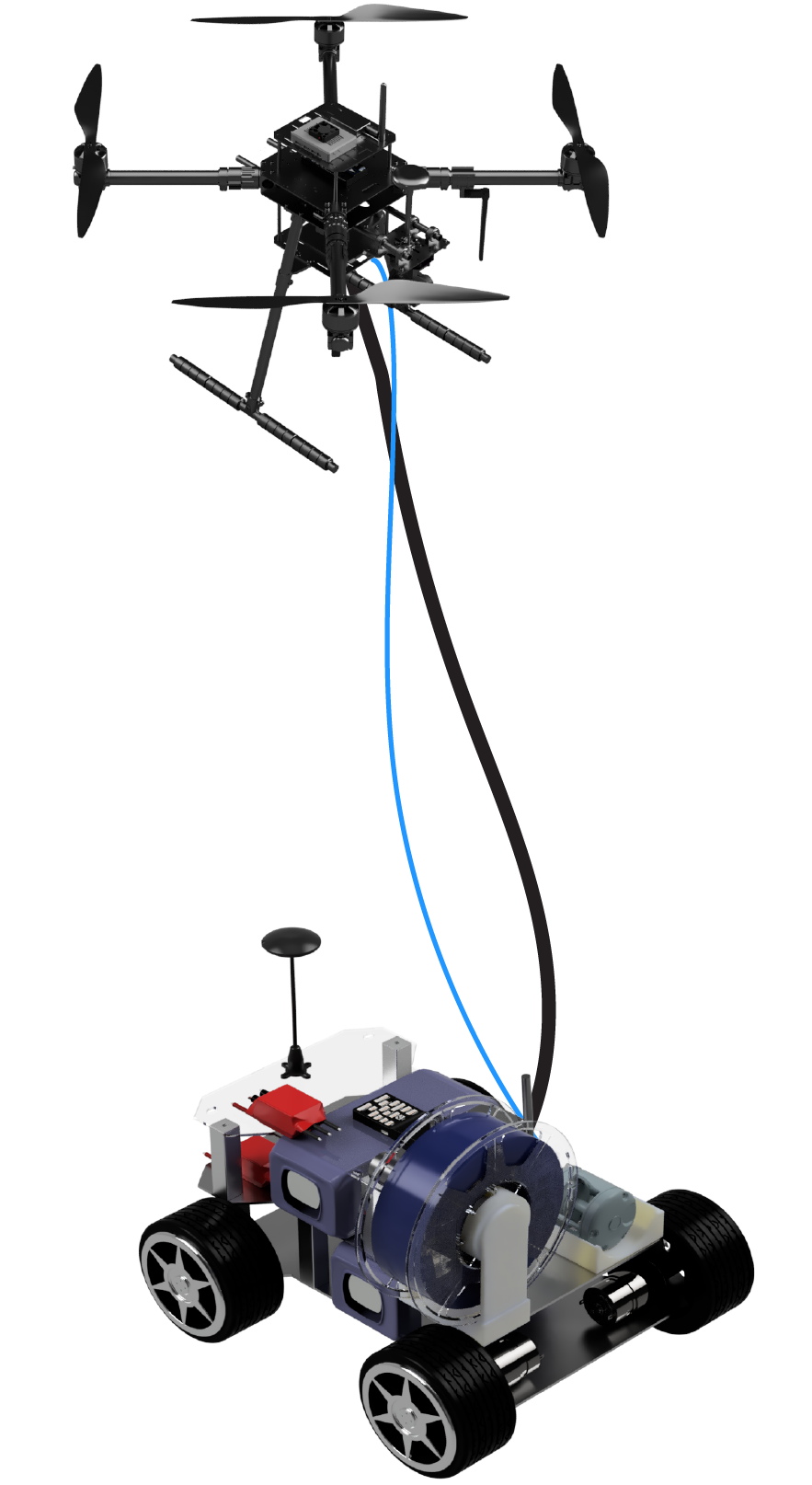
Tan Mei Chee
Zhao Fang
Belinda Seet
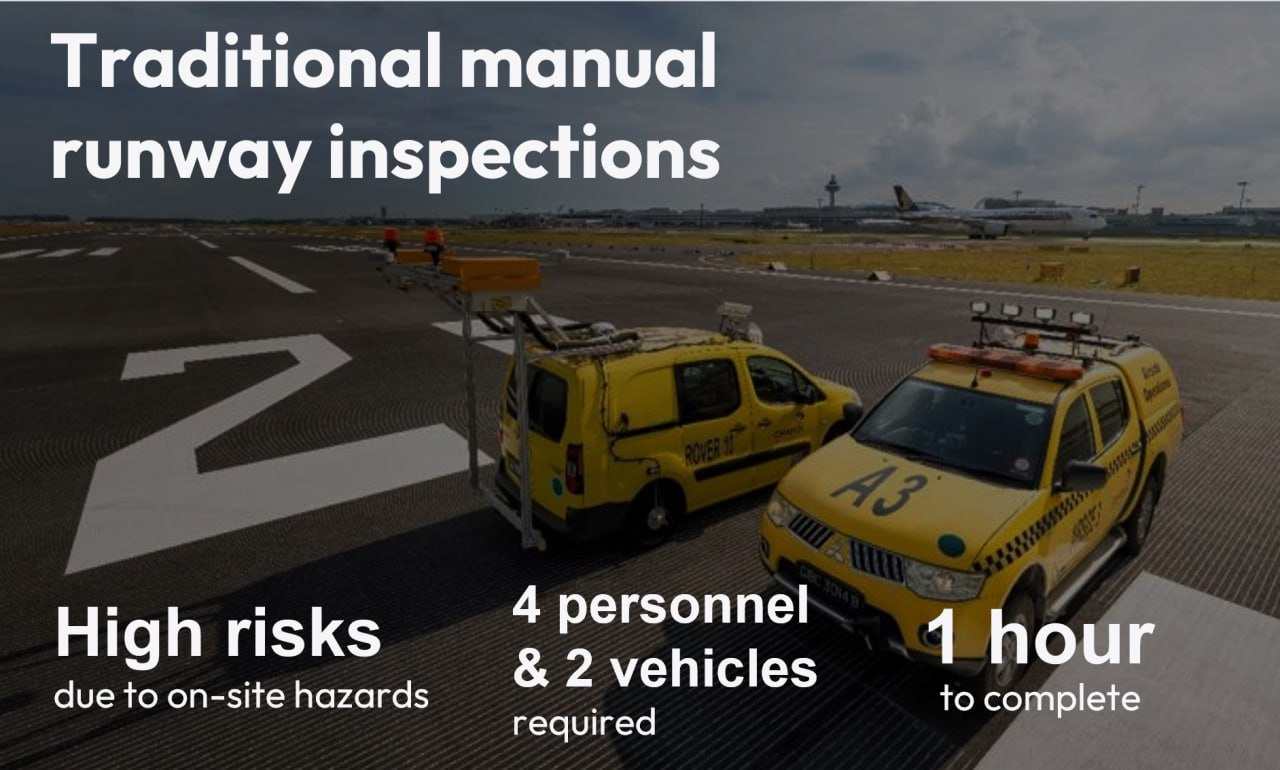
In 2024, Changi Airport is rated the 4th most busiest airport in the world, leading to constant usage of the airport facilities 24/7. Airplanes who constantly use the runway will introduce wear on the asphalt and create debris fields, becoming a danger to the vehicles themselves. To combat this, constant maintenance is required to ensure that the runways are always safe to be used. But every hour the airport spend maintaining the facilities will cause disruptions to the airport.
Unmanned Ground Vehicle (UGV) have been explored to complement aerial drones for handling computational tasks and extending operational capabilities. Aerial drones, typically smaller and lighter, rely on propellers to generate lift, which necessitates the use of lightweight hardware to avoid hindering their physical performance which limits its effectiveness in certain tasks. Thus, UGVs equipped with companion computers can offload data processing from drones, while also carrying sensor suites that offers real-time location tracking to enhance situational awareness in an environment.

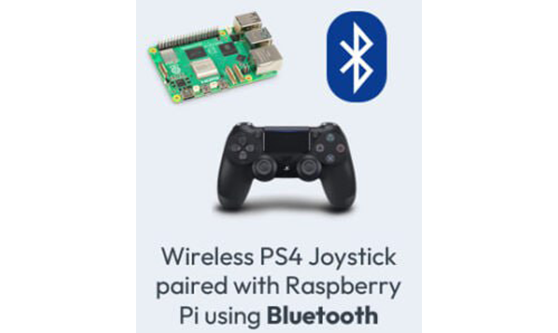
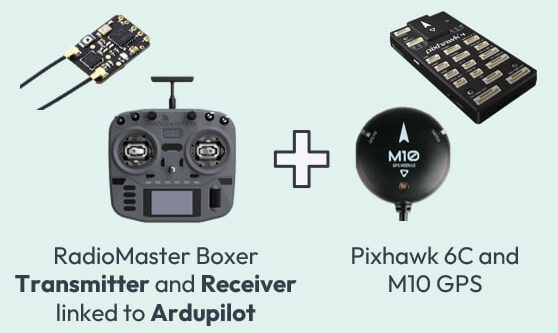
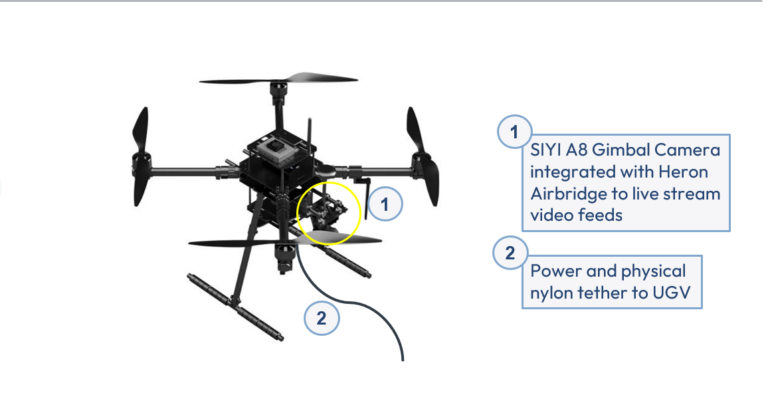




For our final iteration we have focused on three main aspects of the UAV design with a heavy emphasis on safety during drone operations












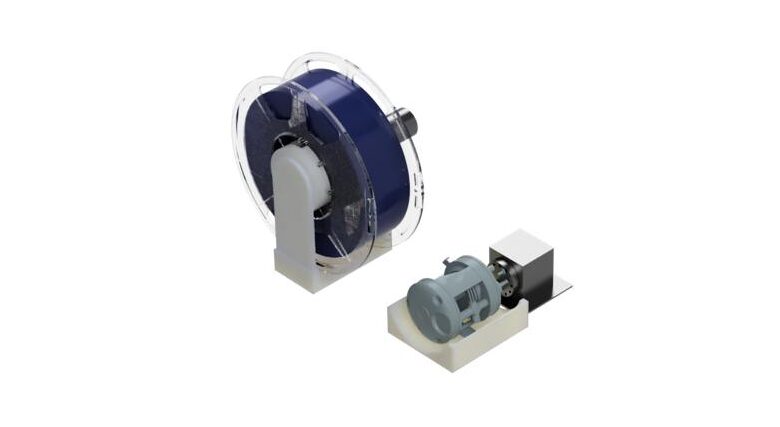
This is the reel which consist of a power tether and a fishing line reel retrofitted with a nylon line. The power tether provides the power to the UAV from the ground, increasing its operational time and provide as a safety tether for the UAV. The nylon line was used to further anchor the UAV to the UGV and provides additional security for the system.
Waypoint planning

Waypoint Movement
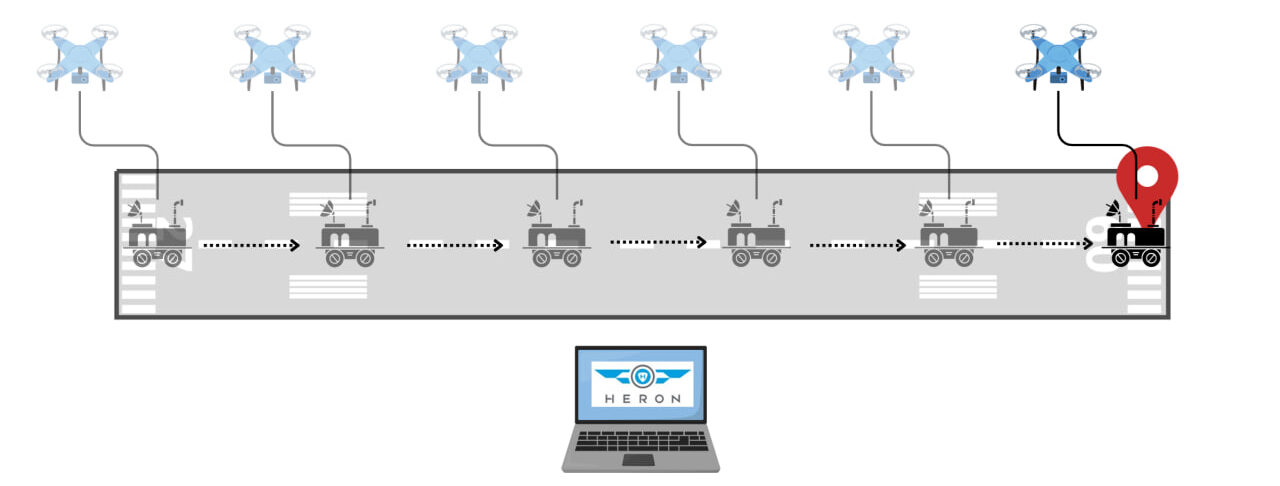
During operations, the operator is able to set and plan the required waypoint for the mission using Heron’s Airbridge and these waypoints will show up on the operators ground control unit. During the mission, operator is able to initiate “Start Mission” which will armed both the UGV and UAV and allow the UGV to move to the planned waypoint as per operations autonomously. UAV will enter “Follow” mode and will fly at 35m above the UGV and follow the UGV across the mission. Live feed will be send to the operators’ ground control unit and allow them to conduct inspections operations.
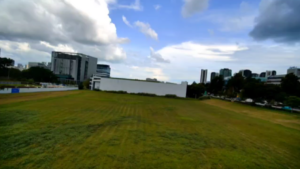
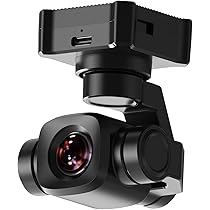
SIYI A8 Mini Gimbal camera is fitted onto the UAV to provide a clear 4k resolution live feed to the operators during the mission. The gimbal allows the camera to have a wide 360 degree view of the surrounding and to identify and potential hazards during the operations.
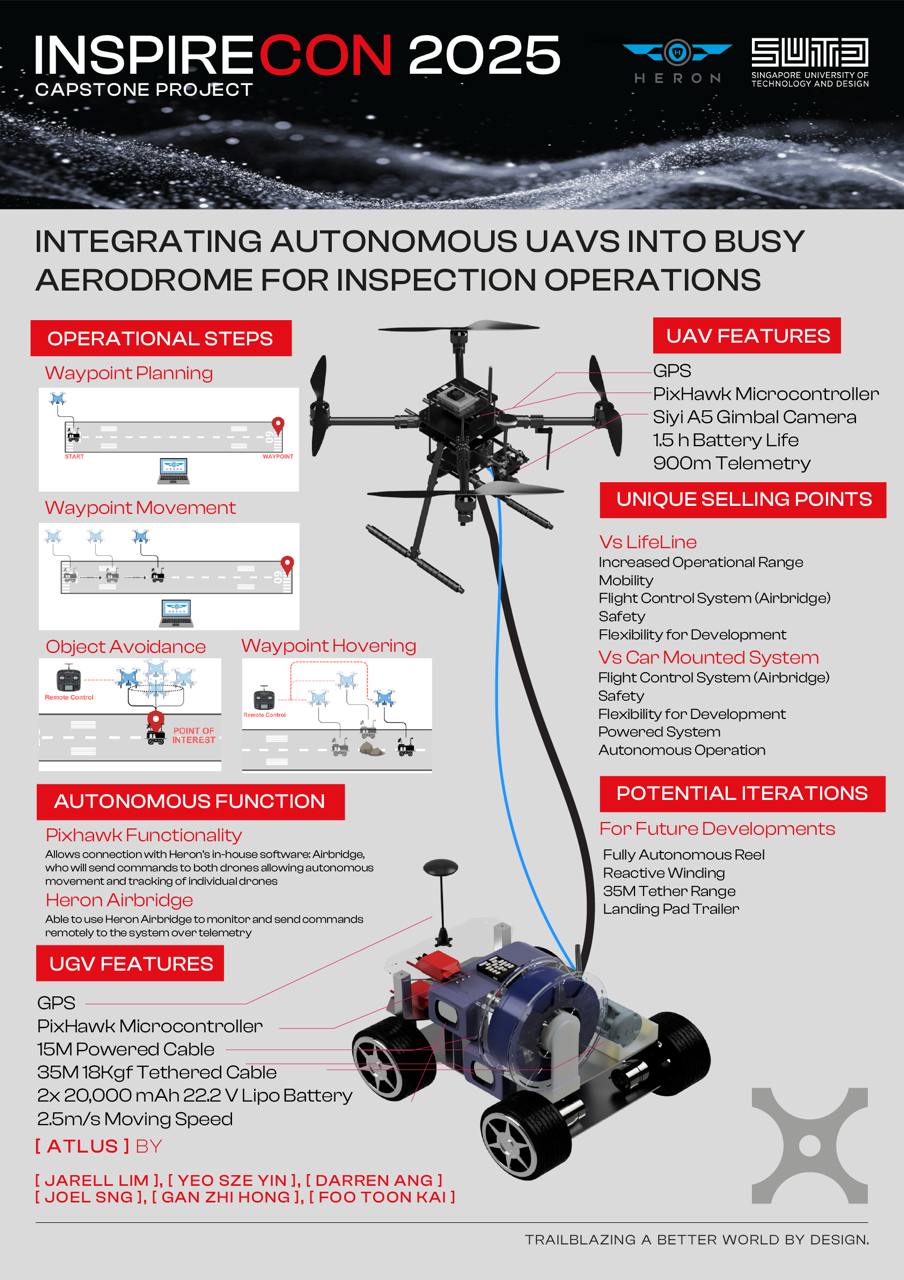
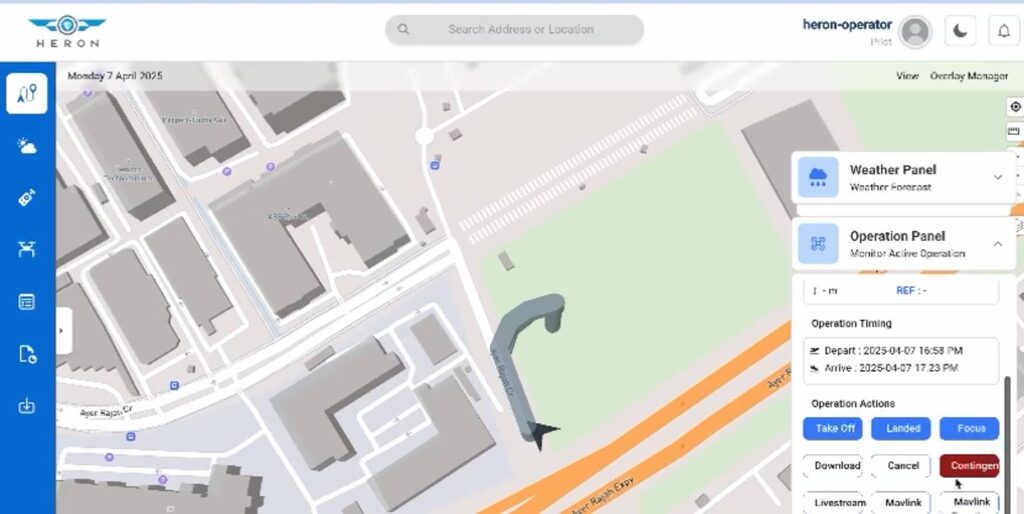
To ensure that our solution is compatible with industry standards, we have partnered with Heron Air Technologies, a veteran company with multiple years of experience and knowledge working with aerial drones to give us insights on drone operations and how we should design our solution.
Our final design allows us to incorporate our drones into custom ground control software such as Heron’s Airbridge, allowing them to view, pinpoint coordinates of multiple drones or even send commands to connected aerial and ground drones for autonomous movement. Even sending telemetry data such as a 4K camera stream to the user operating the software.
Team ATLUS would like to thank our Capstone instructors: Professor Zhao Fang, Professor Tan Mei Chee, Professor Park Jihong & Ms Belinda Seet for their valuable advice which were pivotal to ATLUS’s success.
The team would like to thank our Industry Partner Mentor, Desmond Yang, Product Manager at Heron Technology for his valuable guidance and insightful feedback throughout the project.
Special thanks to Aaron Chu for working with us and integrating Heron Airbridge with our system and giving us valuable feedback on our UAV and UGV development.
Vote for our project at the exhibition! Your support is vital in recognizing our creativity. Join us in celebrating innovation and contributing to our success. Thank you for being part of our journey!
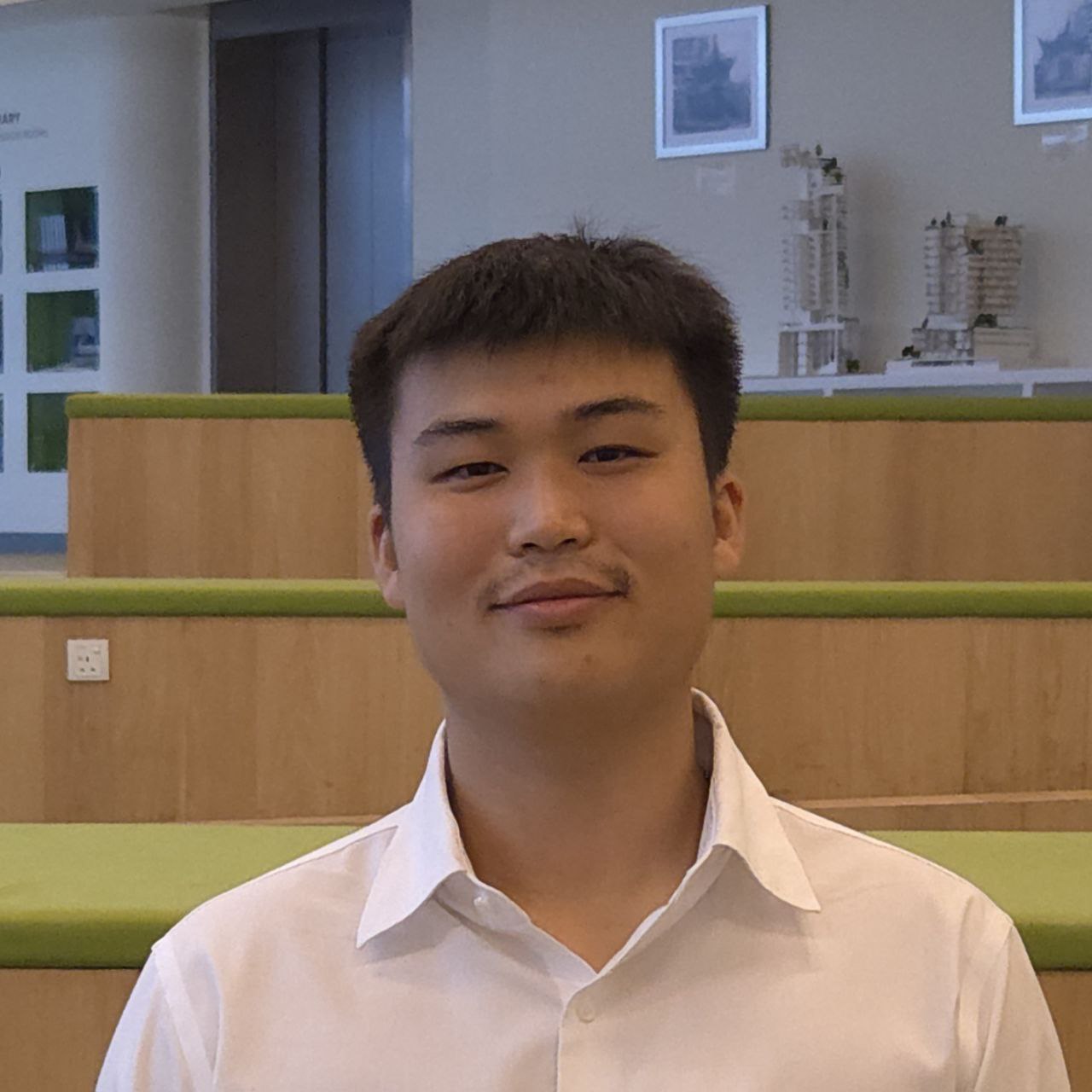


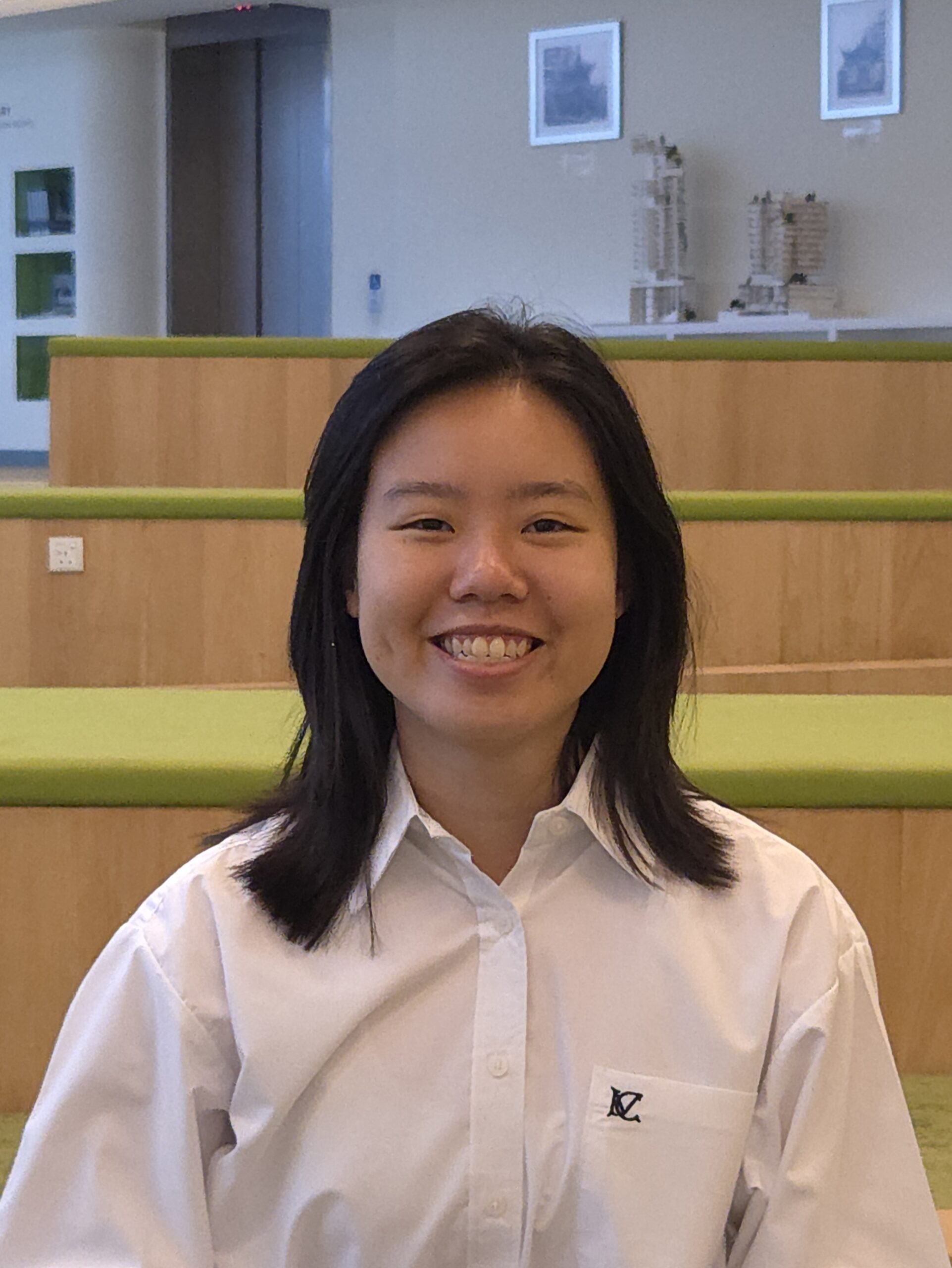


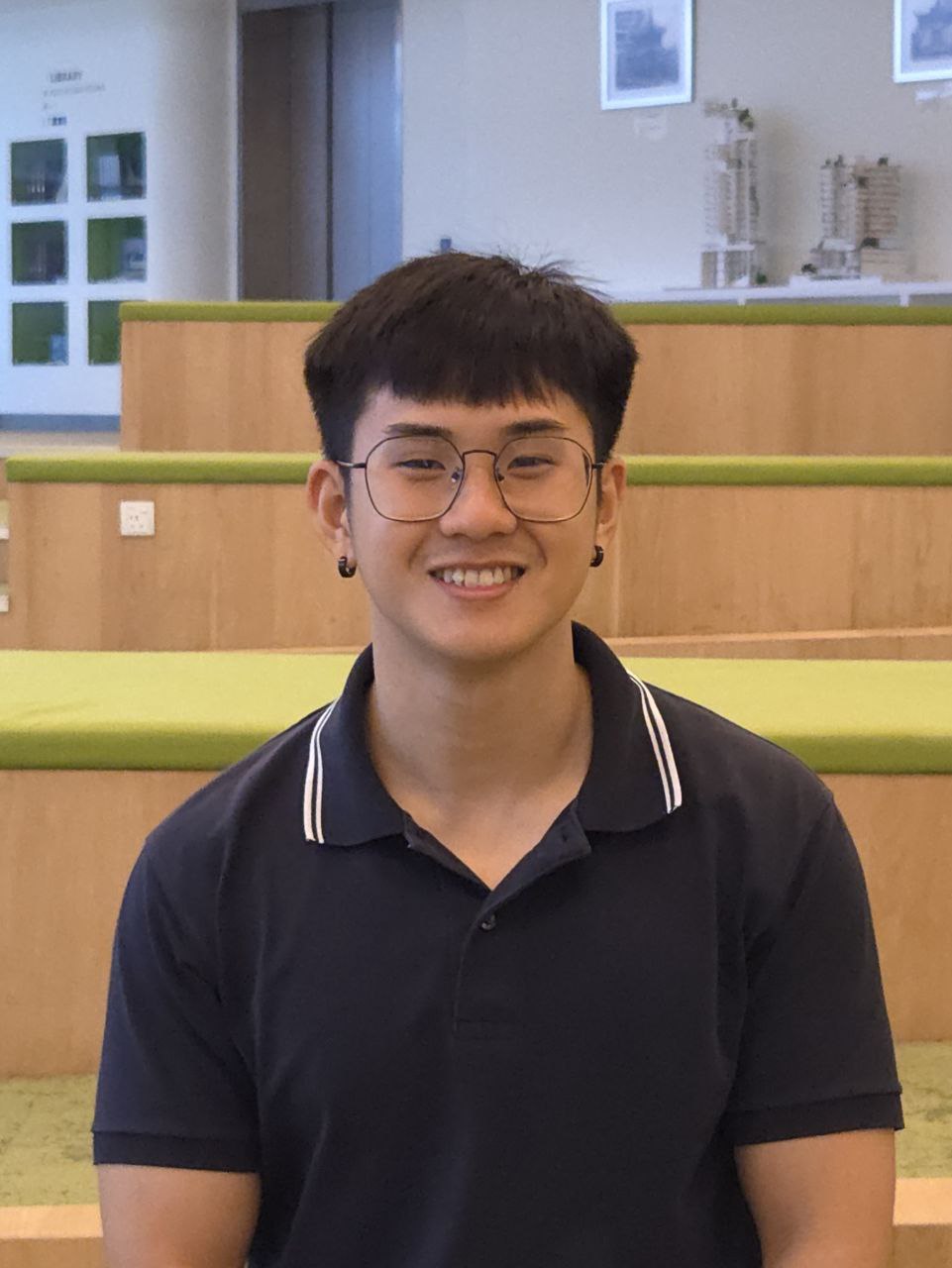





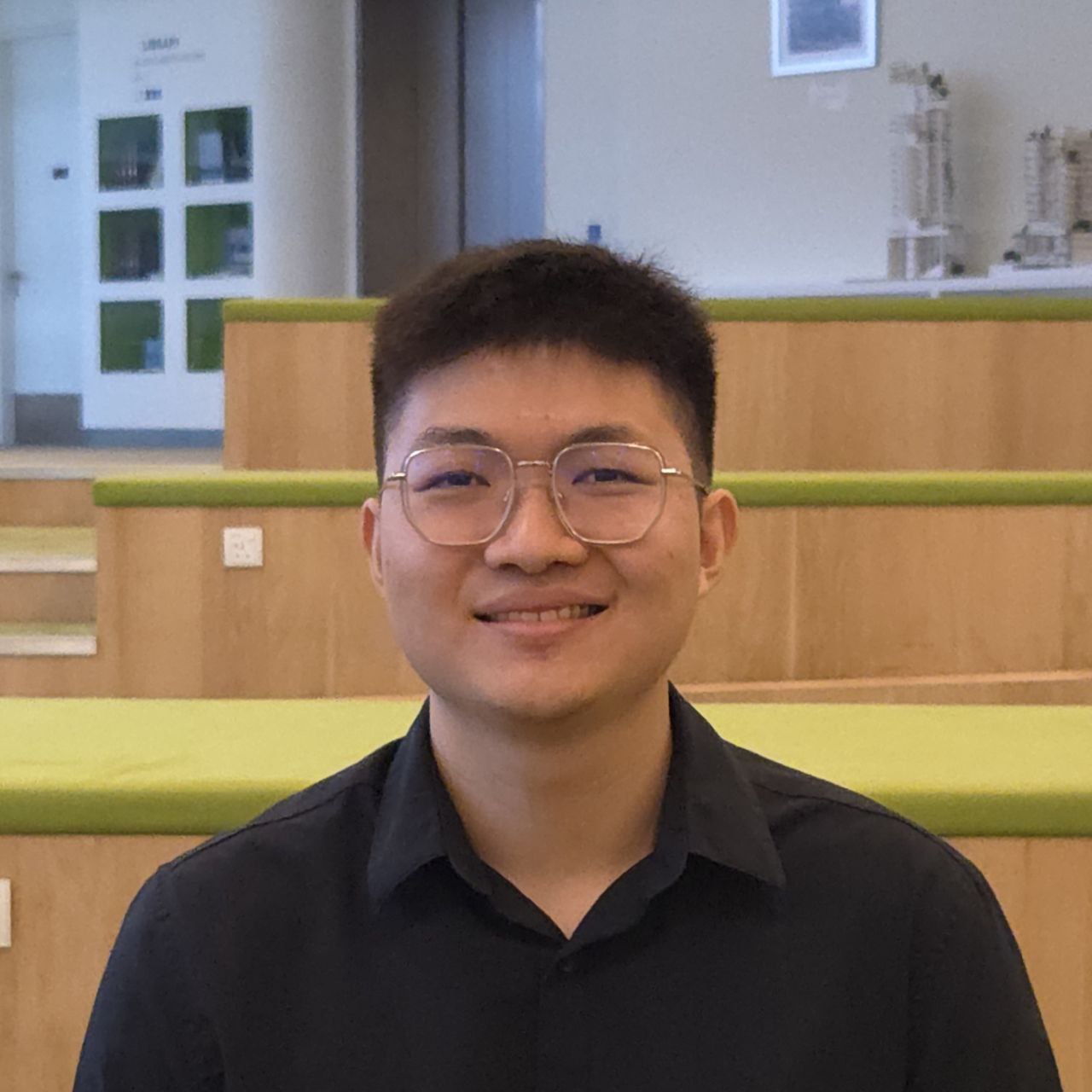


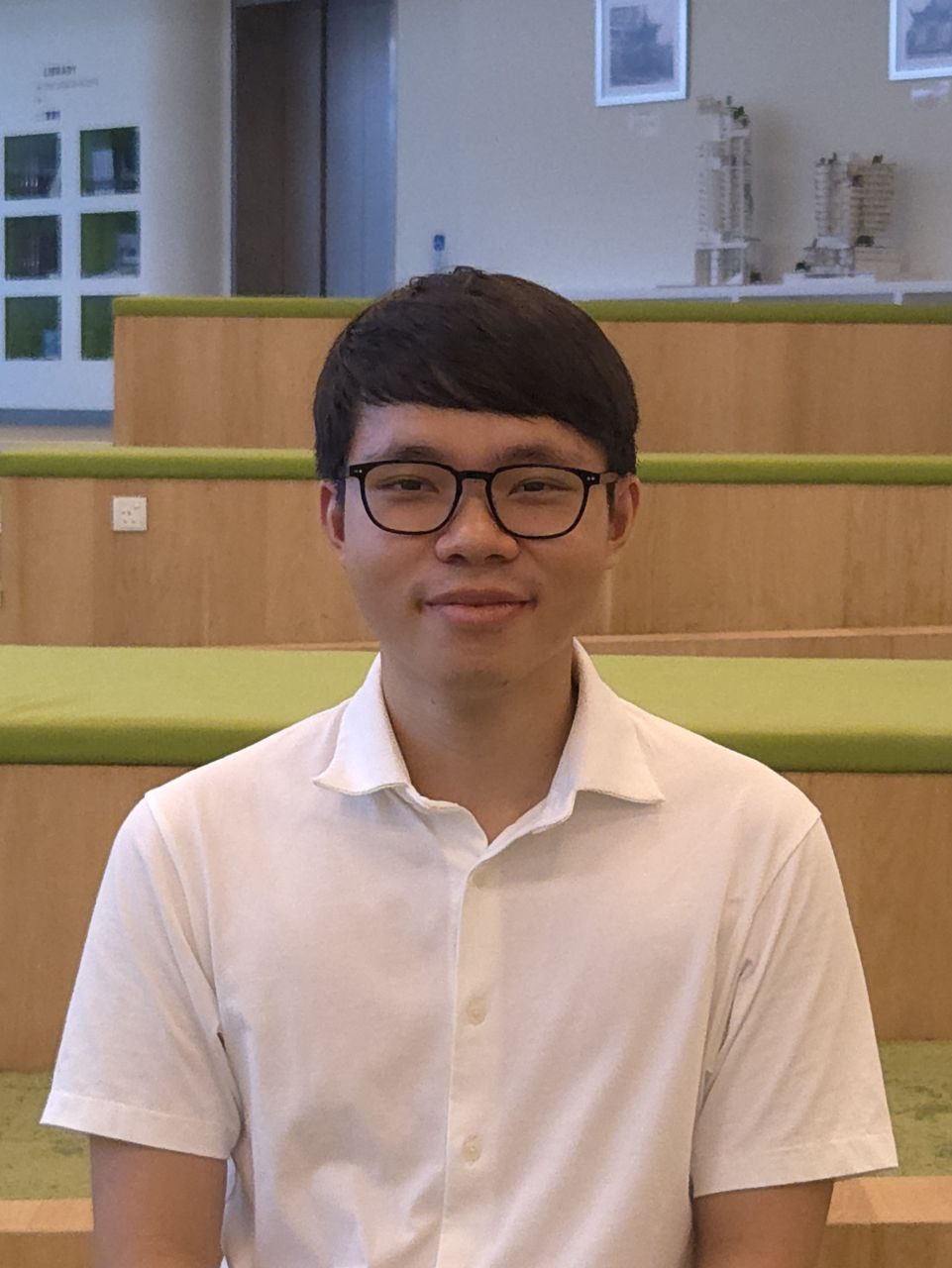










At Singapore University of Technology and Design (SUTD), we believe that the power of design roots from the understanding of human experiences and needs, to create for innovation that enhances and transforms the way we live. This is why we develop a multi-disciplinary curriculum delivered v ia a hands-on, collaborative learning pedagogy and environment that concludes in a Capstone project.
The Capstone project is a collaboration between companies and senior-year students. Students of different majors come together to work in teams and contribute their technology and design expertise to solve real-world challenges faced by companies. The Capstone project will culminate with a design showcase, unveiling the innovative solutions from the graduating cohort.
The Capstone Design Showcase is held annually to celebrate the success of our graduating students and their enthralling multi-disciplinary projects they have developed.